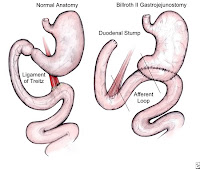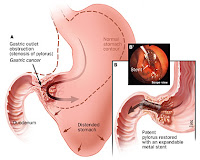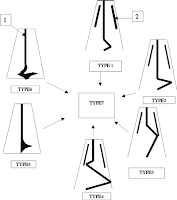Anemia
Anemia may be defined as qualitative or quantitative
deficiency of hemoglobin in the blood for the age and sex of the individual.
The Normal Hemoglobin level in an adult male is 14 to 18 mg/dl and 12 to 16 for
female. When the hemoglobin concentration is below of this level then the
person can be called anemic theoretically. Normally the hemoglobin
concentration in female body is less than a male body. This is due to the
activity of estrogen hormone.
 |
| Nail change in Anemia |
Classification of Anemia
Morphological classification:
Microcytic hypo chromic anemia:
Causes:
1.
Iron deficiency anemia
2.
Thalassaemia
3.
Sideroblastic anemia
4.
Anemia in chronic disease.
Normocytic normochromic anemia:
Causes:
1.
Aplastic anemia








































